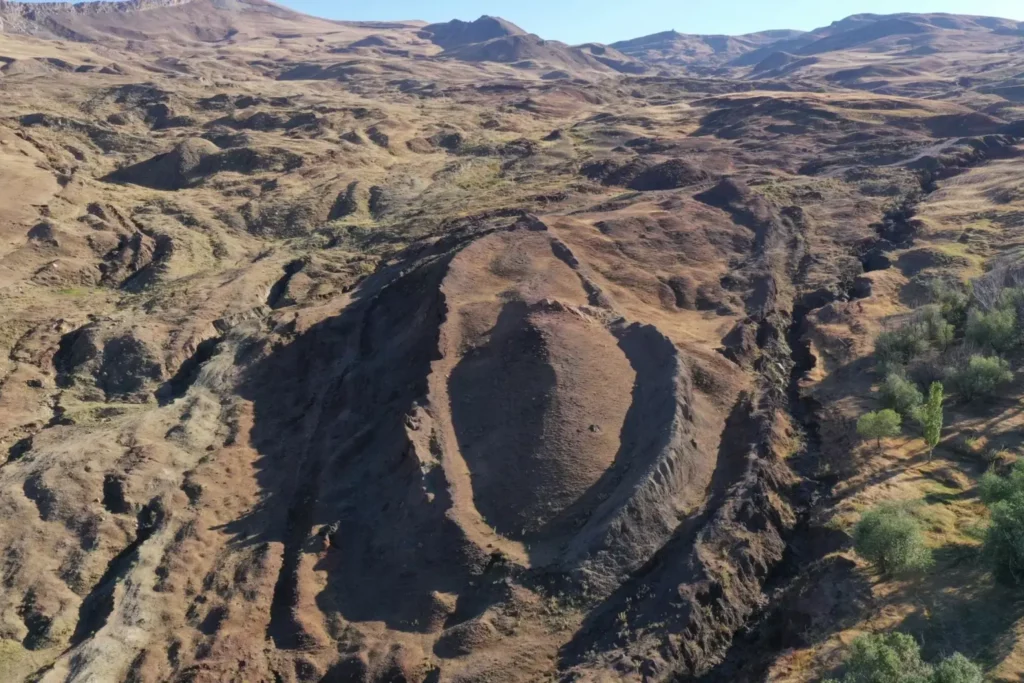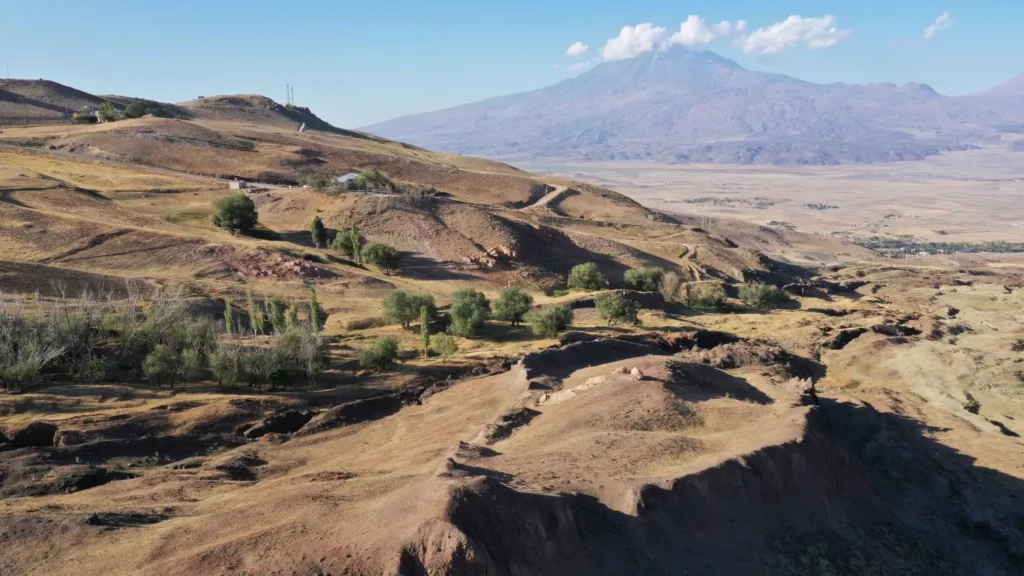One doesn’t need to be religious to recognize the well-known biblical tale of Noah and his ark, who preserved pairs of every animal species from the flood. Noah’s story shares many similarities with those of ancient neighboring civilizations, which also included themes of a global flood sent by divine forces for different purposes.
Over the years, there have been many debates and attempts to interpret the story of the animals preserved from the floods and the man who saved them, and recently, in an extraordinary find with potential biblical implications, researchers have been exploring the enigmatic location that could be Noah’s Ark in the eastern mountains of Turkey.

This discovery made people wonder if the age-old legend would finally be unlocked.
The legend about Noah and his ark crosses cultural boundaries, holding significance in Christianity, Judaism, and Islam. However, validating its authenticity has posed an ongoing challenge for scientists.
The first study on the before-mentioned location in Turkey was done in December 2022 under a project carried by three Turkish and American universities known as Mount Ararat and Noah’s Ark Research Team. Situated in the Doğubayazıt district of Ağrı, Turkey, the Durupinar formation has captivated attention since its unearthing in 1956.

Analysis of rock and soil samples taken from the site show that they date back to between 3500 and 5000 years ago, corresponding to 3000 B.C., a timeframe aligning with the biblical narrative of the Great Flood.
According to Dr. Faruk Kaya, the Vice Rector of Ağrı İbrahim Çeçen University, these findings do not definitively establish the existence of the ark, but they certainly show human activities in the region between 5500 and 3000 B.C.
“According to the first findings obtained from the studies, it is thought that there have been human activities in the region since the Chalcolithic period, that is, between the years 5500 and 3000 BC,” Çeçen said.
As written in the Book of Genesis, the ark came to rest in the “mountains of Ararat” following the Great Flood, and this place that scientists link to the tale of Noah’s ark is located less than two miles from the Iran-Turkey border, near the Greater Mount Ararat summit.
The Durupinar formation exhibits a boat-like structure that is around 538 feet long. This measurement closely corresponds with the biblical depiction of the ark which had “a length of three hundred cubits, its width fifty cubits, and its height thirty cubits.”

Other scientists, among which Dr. Andrew Snelling, a young Earth creationist, believe that mount Ararat could not be the ark’s location because the mountain didn’t form until after the floodwaters had subsided.
The tale of Noah’s Ark remains a topic of debate among scholars, with many being convinced that it isn’t a literal story but a historical event with significant symbolic meaning.





